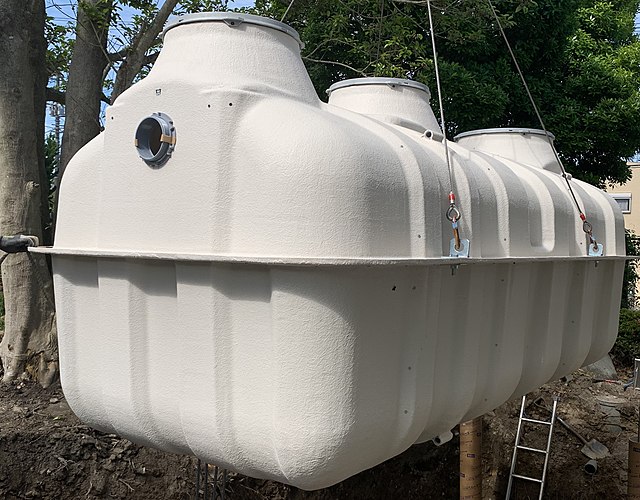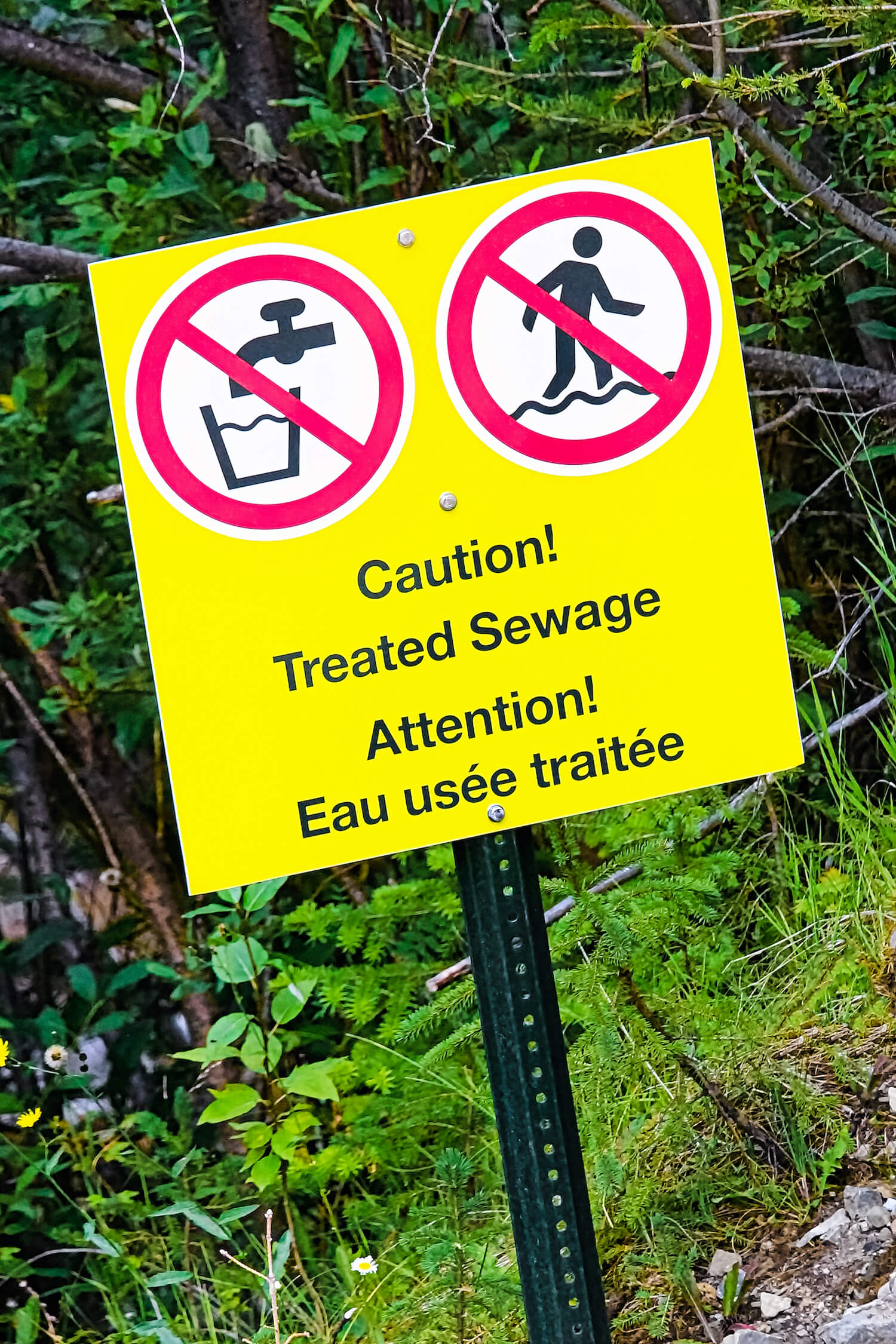Table of Contents
Septic tanks are a practical solution for households and businesses across the country to handle their wastewater if they are not connected to the mains sewage.
Installation of septic systems is commonplace and the tanks collect and process wastewater, before returning effluent to the surrounding soil. Whilst septic tanks do expel the effluent through pipes to the soil, they can overflow if not regularly emptied. They require a professional installation, a guide of which is available to read here. But how often should you empty your septic tank?
When to empty your septic tank
Every septic tank is different, therefore there is not one standard answer as to how often your septic tank should be emptied. This is due to the differences in size for a septic tank, as well as variation in household sizes and what is flushed into the septic tank affecting how often it should be emptied.
Large households flushing plenty of wastewater into the tank will require emptying more often than a small household.
Signs that your septic tank requires emptying
There are a few things to look out for that might indicate your septic tank needs emptying. These include:
- If the grass surrounding the tank is particularly lush or damp, this could indicate there is a leak or an overflow in the tank
- If you open up the septic tank and see a high water level, this could be a sign it needs emptying
- The sludge layer occupying too much depth within the tank means it is time to get it emptied
Who is responsible for emptying a septic tank?
According to the gov.uk regulations, you are responsible for the septic tank (or sewage treatment plant) if:
- You own the property that uses the septic tank
- Your property shares the septic tank with other properties, in which case you are jointly responsible
- You have an agreement with the property owner that deems you responsible, for example a tenancy agreement
Do you need to empty your septic tank?
If you connect your septic tank to the mains sewage system, also known as the public foul sewer, then you do not necessarily need to empty your septic tank by law, or apply for a permit. However, it would be wise to keep an eye on the levels of the septic tank just in case they start to overflow because of a blockage.
If your septic tank was installed before 2 October 2023, and your septic tank meets all of the following:
- The type of discharge has not changed
- The septic tank has not moved more than 10 metres from the original location
- The discharge has not increased in volume since 2 October 2023
- Any increase in discharge is less than 2 cubic metres (2,000 litres a day) if it goes to ground, or less than 5 cubic metres (5,000) a day if it is going into surface water
If your septic tank meets these requirements, then you need to abide by the ‘general binding rules’ relating to domestic sewage. If your sewage is not domestic, then you will need to apply for a permit.
General binding rules for septic tanks
There are two types of general binding rules that apply for domestic sewage, so make sure you follow the right ones. They depend upon:
If your septic tank discharges into surface water
There are specific rules in place if your septic tank discharges into either a:
- River
- Stream
- Estuary
- Lake
- Canal
- Coastal water
For more information on the rules regarding discharging into surface water, please read the gov.uk guidelines or contact Peachy Services.
If your septic tank discharges into the ground
For further information on the legislation surrounding discharging into the ground, please contact Peachy Services or read the gov.uk legislation.
Domestic rules that apply to all types of septic tank discharge
There are certain rules regarding septic tank disposal that apply to all households, regardless of whether they discharge to the ground or surface water, these being:
- Only discharge 2 cubic metres or less a day in volume
- Only discharge domestic sewage
- Do not cause pollution of surface water or groundwater
- Use the correct treatment system
- Make sure the discharge is not in a groundwater source protection zone 1
- Make sure your treatment system meets the right British standard
- Make sure your treatment system is installed and operated correctly, and has enough capacity
- Get your treatment system regularly maintained
- Get your treatment system regularly emptied
- If you sell your property, tell the new owner about the sewage treatment system
- If you stop using your treatment system, make sure it’s decommissioned properly
If you are unsure whether your property’s septic tank is compliant, we are here to help.
If your septic tank does not meet all of the standards above, you must either:
- Connect to the public foul sewer
- Change your treatment system to meet the binding rules
- Apply for a permit, you will need to explain why you can not reasonably connect to the public foul sewer. The Environment Agency will then assess the risk of using your system at your location
The Environment Agency can take enforcement action against you if your discharge causes pollution. You can gain an understanding of how environmentally friendly a septic tank system is by checking this article.
If this has caused you to raise questions over your compliance with the listed standards, feel free to contact us.



